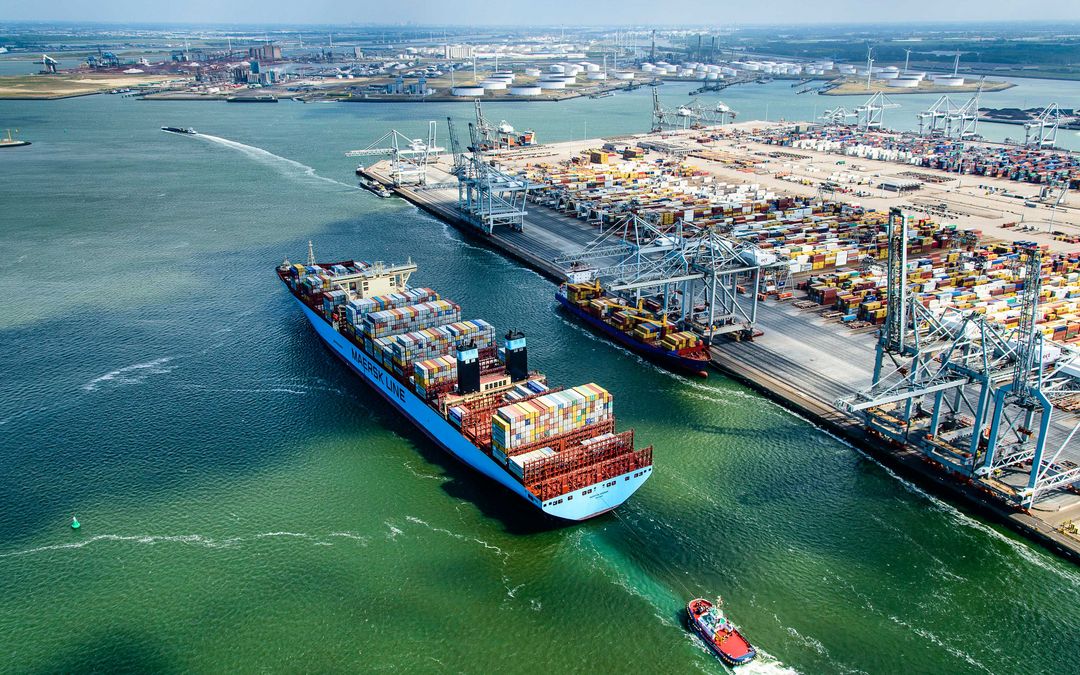
Kazakhstan aims to bring Aral Sea’s landscape back to life
As environmental concerns have been some of the world's most important issues, new solutions are being sought by countries around the world and Kazakhstan is no exception.
Kazakhstan's government officials announced plans to expand activities aimed at reviving what was once the fourth largest lake in the world, the Aral Sea.
Over the next few years, in order to stop desertification, the government will plant another 177.5 million seedlings in that section of the sea where there has been no water for a long time.
The $4.3 million project provides for the restoration of unique degraded territories in Kazakhstan by pilot farmers and community-centered ecosystems. The list of targets includes the establishment of forestation and shelterbelt around villages to protect against dust storms or along main roads around the degraded Aral Seabed for land stabilization.
“We submitted a proposal to the Ministry of Ecology, Geology and Natural Resources to extend phyto-forest reclamation works at the dried bottom of the Aral Sea within the Kazakhstan Resilient Landscapes Restoration Project to be funded by the World Bank,” commented Gulshara Abdykalikova, mayor of country’s southern region of Kyzylorda.
Lying between Kazakhstan and Uzbekistan, the Aral Sea, until the 1960s, had an area of seven million hectares.
Described as one of the world's worst environmental disasters, the Aral Sea started to shrink after the waters of the Amu Darya River, which used to flow into the Aral, began to sink into the cotton fields of Uzbekistan, never reaching the sea.
Maritime Business World




YORUM KAT